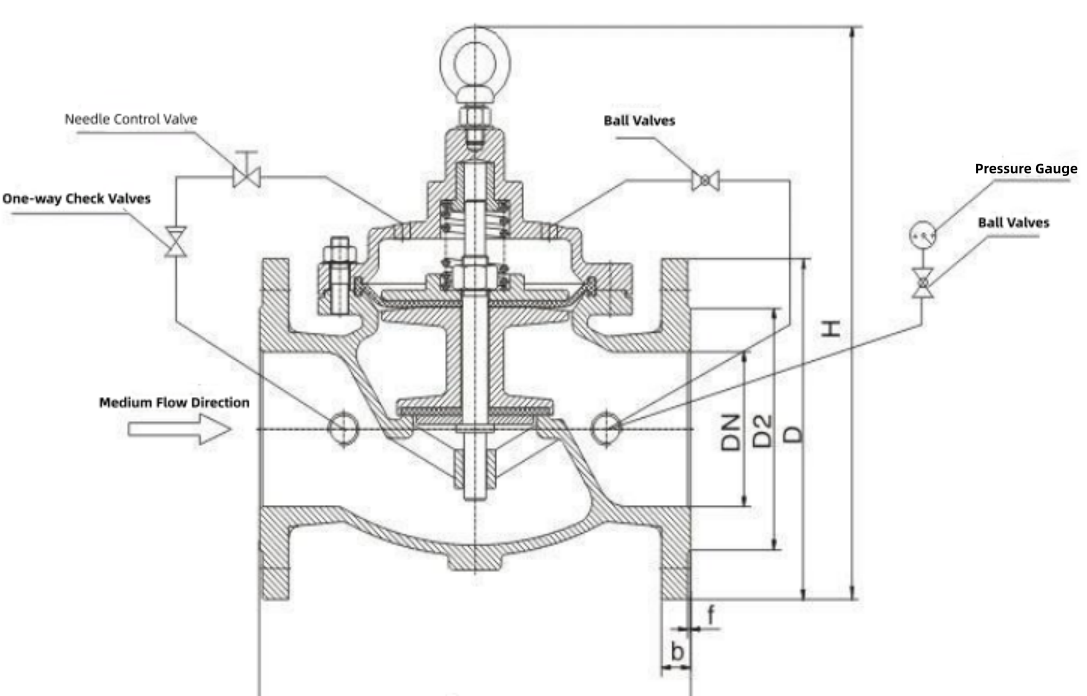Nov . 23, 2024 04:34 Back to list
guide rail types
Understanding Guide Rail Types A Comprehensive Overview
Guide rails play a crucial role in ensuring safety and efficiency in various transportation and infrastructure applications. They are designed to guide vehicles and prevent them from leaving designated pathways, particularly in areas that pose risks, such as highways, bridges, and curbs. Understanding the various types of guide rails is essential for engineers, planners, and policymakers to make informed decisions when designing safe transport systems.
1. W-Beam Guide Rail
The W-beam guide rail is one of the most commonly used types. Characterized by its W shape, this rail provides excellent deflection and absorption of impact forces during a collision. Its design allows for a smooth redirecting of vehicles that may stray off the road, significantly reducing the risk of severe injuries or fatalities. W-beam rails are often used on rural and urban roads and can be installed on both straight sections and curves, making them highly versatile.
2. Box Beam Guide Rail
Box beam guide rails are another popular option that offers a modern look while providing superior strength and durability. These rails are constructed in a rectangular shape, providing additional rigidity and resistance to deformation. Box beams are often used in areas subjected to heavy traffic or high-speed collisions, as their robust design can withstand significant impacts. Their aesthetic appeal makes them suitable for urban environments where visual considerations are paramount.
guide rail types

Cable guide rails consist of high-tensile steel cables suspended between posts. This type of rail system is particularly effective in hilly or mountainous regions, where traditional rail types may not provide adequate protection. The flexibility of cable guide rails allows for energy absorption during a collision, which helps to reduce the risk of vehicle rollovers. Additionally, because they require less space than traditional rigid barriers, cable systems can often be installed in areas where space is limited.
4. Concrete Barrier Rail
Concrete barrier rails are among the most robust forms of guide rail available. These solid structures provide a high level of protection against vehicular impacts, making them ideal for high-speed roadways and areas with a high likelihood of severe accidents. Concrete barriers often have a higher upfront cost due to their substantial materials, but they offer reduced long-term maintenance needs and can withstand harsh weather conditions. Their effectiveness makes them a preferred choice for implementing safety measures on highways and in construction zones.
5. End Treatments and Transitions
The effectiveness of guide rails is not solely dependent on the type of rail used but also on the end treatments and transitions involved. Properly designed end treatments are necessary to prevent vehicles from snagging on the rails, which can lead to further accidents. Transitions between different types of guide rails should be smooth and well-marked to minimize confusion for drivers and enhance safety. By focusing on these elements, engineers can significantly improve the overall functionality of guide rail systems.
Conclusion
In conclusion, the importance of selecting the appropriate guide rail type cannot be overstated. Each type of guide rail has its unique benefits and applications, reflecting the diverse needs of different transportation environments. W-beam, box beam, cable, and concrete barrier rails each offer distinct advantages depending on the specific circumstances they are designed for. By understanding these various guide rail types, stakeholders can enhance roadway safety, mitigate risks during accidents, and ultimately save lives. As technology and materials evolve, ongoing research and development will continue to refine guide rail systems, ensuring they remain effective in an ever-changing transportation landscape.
-
Why Metric Trapezoidal Thread is Ideal for Precision Motion ControlNewsAug.05,2025
-
The Unique Properties of a Block of Granite for Industrial UseNewsAug.05,2025
-
The Role of Flanged Y Strainers in Preventing Pipeline ClogsNewsAug.05,2025
-
The Importance of Regular Calibration for Master Ring GagesNewsAug.05,2025
-
How a Cast Iron Surface Table Enhances Accuracy in ManufacturingNewsAug.05,2025
-
Comparing Different Check Valve Types for Optimal Flow ControlNewsAug.05,2025
Related PRODUCTS









